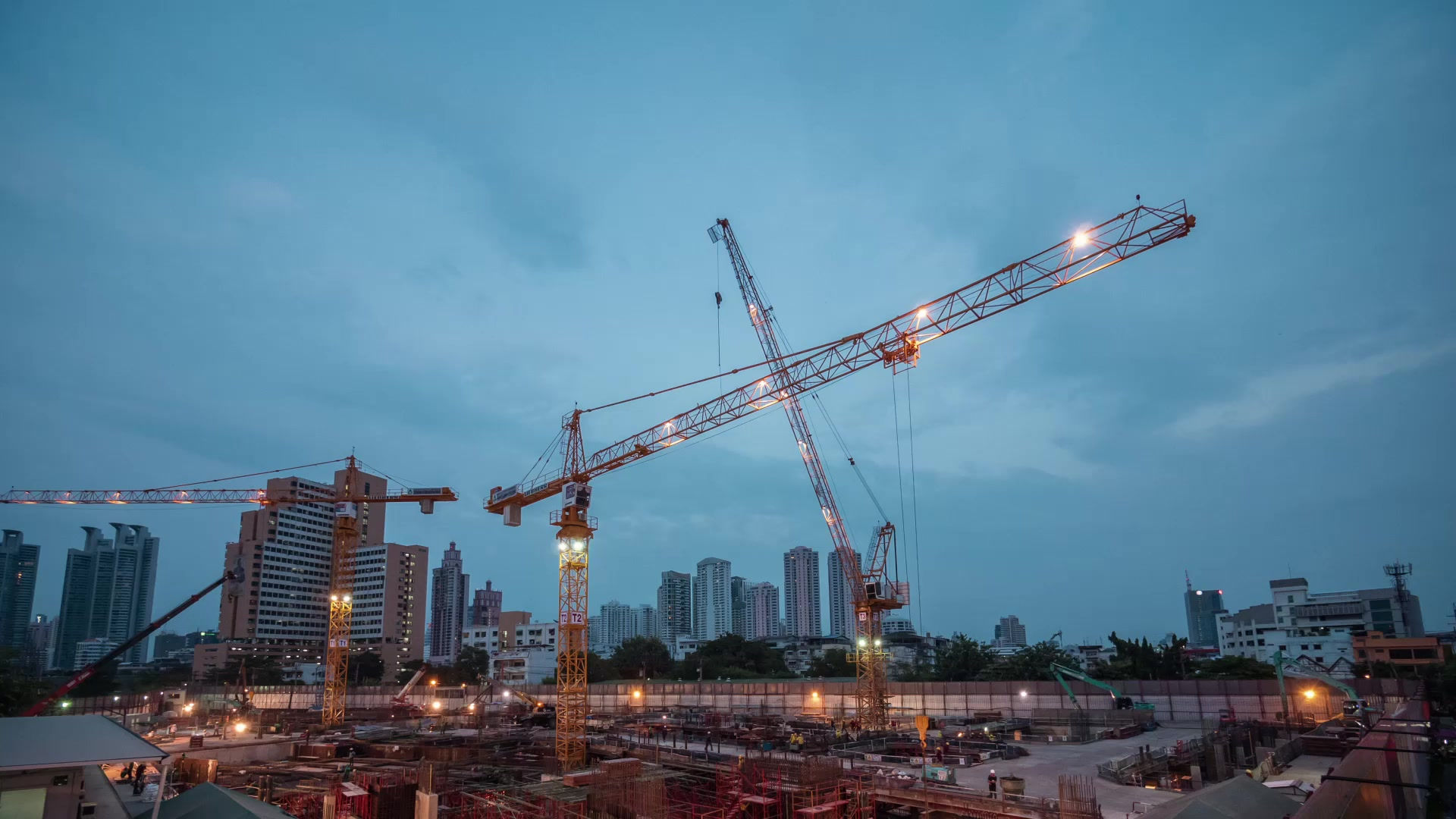Aggregated abrasives and the application
- JCT Abrasives
- May 6
- 2 min read
Aggregated abrasives are formed by bonding fine abrasive particles together using high-strength binders through special granulation methods, creating independent composite units. These aggregates essentially possess the three fundamental elements: abrasive grains, binder, and micro-pores, making them functionally equivalent to miniature grinding tools. Visually resembling coarse abrasive grains, each aggregated particle actually contains numerous fine abrasive particles. This structural characteristic enables continuous generation of fresh cutting edges during grinding processes, resulting in extended service life, consistent material removal rates, and improved surface finish quality on workpieces.

Compared to conventional large abrasive grains, aggregated abrasives demonstrate superior self-sharpening properties, maintaining stable grinding forces throughout the machining process. This stability ensures uniform surface quality on processed workpieces. Based on binder types, aggregated abrasives are classified into two main categories: ceramic-bonded and organic-bonded varieties. Ceramic binders are widely used due to their high elastic modulus, excellent chemical stability, and effective self-sharpening characteristics. However, challenges remain in improving their poor impact toughness and low mechanical strength under low-temperature sintering conditions.
Traditional ceramic binders primarily consist of natural mineral materials and pure chemical reagents, forming borosilicate glass-based vitrified ceramics through specific sintering processes. The amorphous glass network structure lacks slip systems, leading to direct fracture without plastic deformation. This inherent brittleness causes rapid binder failure under grinding forces, making binder performance optimization crucial.
The manufacturing of aggregated abrasives differs significantly from conventional single-grain abrasives, employing specialized techniques such as:
Mold-pressing/casting and crushing method
Rolling granulation
Spray drying
Reverse microemulsion polymerization
Sieve-plate extrusion
The technology originated in the 1930-40s with Jackson GH's invention addressing workpiece clogging and adhesion issues. International companies like Germany's VSM and America's 3M developed shaped aggregated abrasives early on, while domestic research began later. In 2014, Hunan University researchers achieved breakthroughs using low-temperature ceramic binders and rolling granulation to create spherical silicon carbide aggregated abrasives for abrasive belts, demonstrating excellent grinding performance.
These advanced abrasives show unique advantages in flexible abrasive products (FAP), abrasive belts, and grinding fluids, particularly enhancing machining efficiency and surface quality for hard-brittle materials and difficult-to-machine metals. With industrial technological advancements, aggregated abrasives are increasingly vital across manufacturing sectors, enabling precision machining applications.





Comments